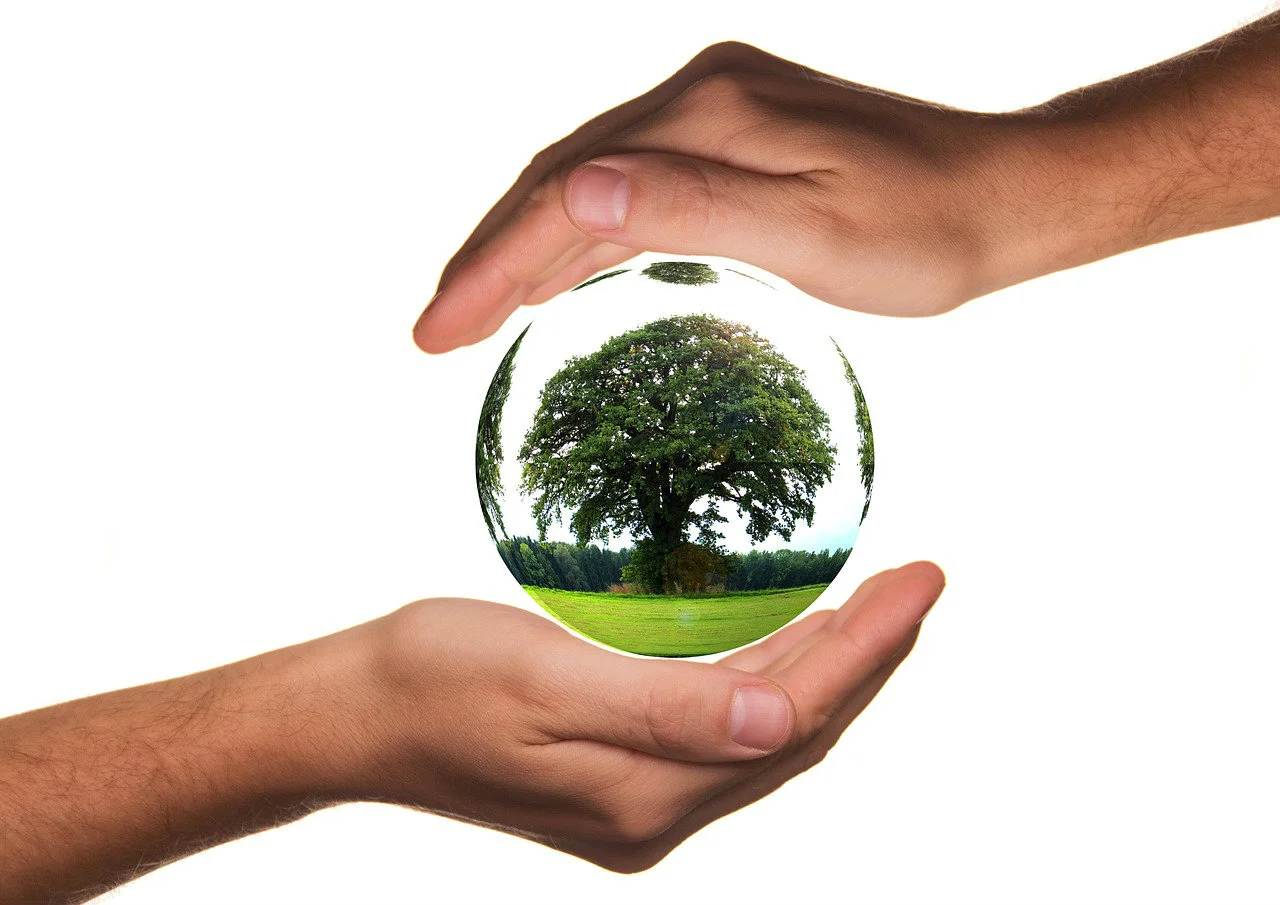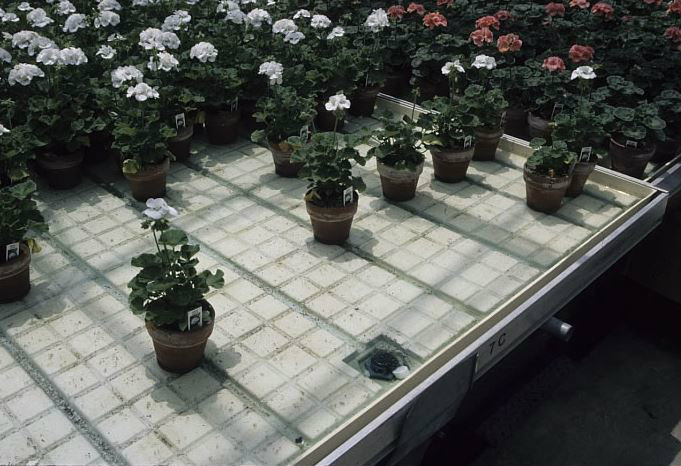As growers and urban farmers, we know that everything begins and ends with the quality of water. It impacts almost every area of production and is the most broadly applied substance. Even the smallest percentage of improvement can reap huge rewards.
Modern farmers see the benefits of improving water quality. They know that investing in a water treatment system pays off big in terms of healthier plants and higher yields.
Advantage of Cleaning up and Improving Water Quality
There are lots of articles about traditional water treatment like pH adjustment. So instead of talking about that, let's look at the beneficial side of actually improving the quality of water.
Voeks, Inc. has visited farms all over the country from California to New York City. From the traditional open air to greenhouses, and vertical farms it's quite common that we find the design of the irrigation systems to be lacking. Rather than an effective custom system designed specifically for the crop, location, and current water quality, we often find irrigation put together without an overall plan in mind.
So of course, the production suffers. And the farmers are not as profitable as they hoped to be. We change that.
Attention to Quality - One Drop at a Time
Successful water treatment design, build, and implementation requires incredible attention to detail in multiple areas. The subject is complex. Unfortunately, there is no one-size-fits-all solution.
In designing any effective irrigation system, whether, for vertical farming, container farms, or greenhouses, there are vital things to consider.
What's the source of the water and what is the best treatment?
Water comes from different sources.
municipal water supply
well water
surface water
Each of these sources has their individual challenges. Currently, there are dozens of successful treatment methods that can be used at or away from the source. These methods mainly reduce or get rid of pests like algae or remove excess pathogens and particulates.
Filtration always comes first. An effective downstream system removes as much organic and inorganic particulate as possible. Filtering as much as possible before going onto other systems downstream is always more cost-effective and less problematic. It's more expensive and less efficient to use poorly filtered water.
When water is successfully filtered, you can avoid the problems of
disinfecting entire systems
plugged acid injector ports
plugged fertilizer ports
fouled pH, EC sensors, valves
clogged emitters
The most common problem we see find when it comes to failed disinfection systems is, the water is inadequately filtered. The farmer in hopes of improving his crops has spent his hard-earned money on a system that isn't doing a good job. We can help.
A good rule is to go with the finest filtration possible.
The finer, the better. Go for as much as you can afford, even if you have to finance it. Make sure the filtration is at least fifty microns and go all the way down to five microns if possible.
Although it may cost more up front, it will pay off in the long run. Of course, your water source will determine the cost and type of filtration. But the more organics and inorganics you can filter out, the better.
After the water has been thoroughly filtered, then it can be disinfected more cost-effectively. If your water isn't filtered well before cleaning, you're throwing away your money and opening yourself up to a lot of headaches.
After the filtration stage, there are various options for disinfecting source water including:
ozone
heat pasteurization
hydrogen peroxide
UV light
chlorine dioxide
chlorine
Once your water has been filtered, disinfected, sent through the RO unit, had the pH adjusted, and is injected with fertilizer; don't think you're finished. Now it's time to tackle your biggest nightmare.
Why is Biofilm Such a Huge Widespread Problem?
Every nursery and greenhouse grower has issues with biofilm in their pipes.
What is biofilm anyway?
"Biofilm is a thin, slimy film of bacteria that adheres to a surface."
Why is biofilm such a problem? Well, here's a quote from the article "Study of Biofilm in Bacteria from Water Pipelines" from the Journal of Clinical & Diagnostic Research:
"Any microbe including primary and opportunistic pathogens present in water may attach or become enmeshed in the biofilm."
That one line says it all and shows why it is the cause of a high percentage of illness. And we're not talking about untreated water either. Biofilm is happening in municipal water that runs through clean pipes and has already been treated by filtration and chlorination.
So if that's happening in our cities, it makes us shudder to think of the condition of nursery and greenhouse pipes. These pipes transport various fertilizers and are exposed to both heat and light - perfect conditions to feed the ever-growing biofilm.
So even if you filter and clean up your water at the source, you had better make sure you take care of the biofilm, or you still have a huge problem.
Here are two vital facts to know about biofilm:
It grows within seconds, even in a new pipe or chlorinated water
It increases almost as quickly upstream or downstream
That means, microbes on your boom nozzle, hose end, or in your greenhouse will quickly be growing in your pipes and the onto your plants.
What type of microorganisms are we talking about?
Fusarium - a large variety of fungi that causes infections in humans
Rhizoctonia - attacks roots and causes root rot
Phytophthora - a soil-borne pathogen that can wipe out crops
Pythium - plant parasite that infests cutting beds and kills plants
Nothing to fool around with and definitely not something to neglect.
Here's how it works - the biofilm matrix secrets a sticky polymer substance onto the surface of the pipe. The material is firm and stubborn to remove. It grows thicker extremely fast if not eliminated successfully.
Since this problem can grow both upstream and downstream, you can't just treat the source water.
To successfully get rid of biofilm you must ensure these three things are present:
The water treatment must be capable of carrying a residual effect downstream that is capable of attacking and quickly removing the biofilm matrix. This eliminates many water disinfection systems that may have been adequate for cleaning the source water, including filtration, heat pasteurization, and UV light. If the treatment isn't capable of carrying a residual, it must not be used because it will not be effective against the biofilm matrix.
The water treatment must be capable of completely destroying the biofilm matrix. If the matrix isn’t removed, although a few residents of the biofilm may be eliminated, the majority are still there and will quickly rebuild, and continue to cause problems. This reduces some additional disinfection candidates because, although they may establish a residual under the right conditions, they are ineffective at penetrating and destroying the matrix that is the biofilm. Both copper ionization and chlorine (even at very high concentrations) are eliminated because they fail to kill the biofilm matrix.
Since the biofilm matrix begins building within seconds of a pipe, an adequate water treatment needs to be capable of continuous treatment and injection. Because of that, shock treatments with peroxides, acids, and flushing are not sufficient.
So what is the solution? There is no "one solution." It takes a custom water treatment consisting of one or more of:
Ozone (this is our favorite)
Activated Peroxygen (works pretty well, has some restrictions)
Chlorine Dioxide (is capable with some limitations)
Healthy Plants Can Defend Themselves
When plants are feed clean water, treated correctly, they thrive and are healthy. In fact, they can defend themselves against pathogens and pests.
At Voeks, Inc. we help you produce healthy vibrant plants that can defend themselves against problems whether from the air, soil, or water. If plants aren't susceptible to infection, they don't attract pests and are able to survive any problems successfully.
An effective and well-designed water treatment system does two things.
First, it effectively cleans and filters water at the source.
Next, it makes sure the biofilm doesn't spread and is destroyed. No treatment can be called effective if it doesn't do both.
Protect Plants and the Environment
















